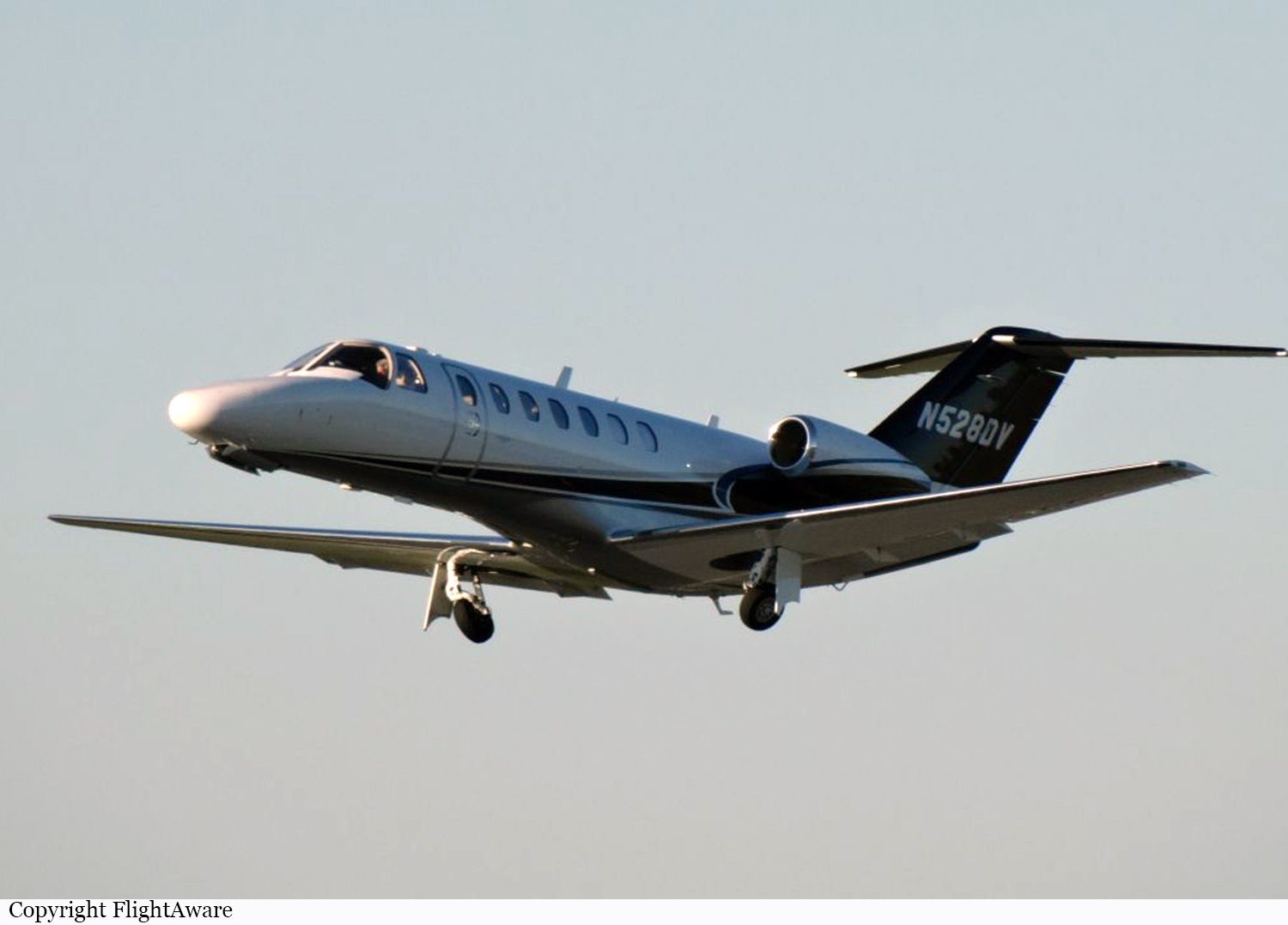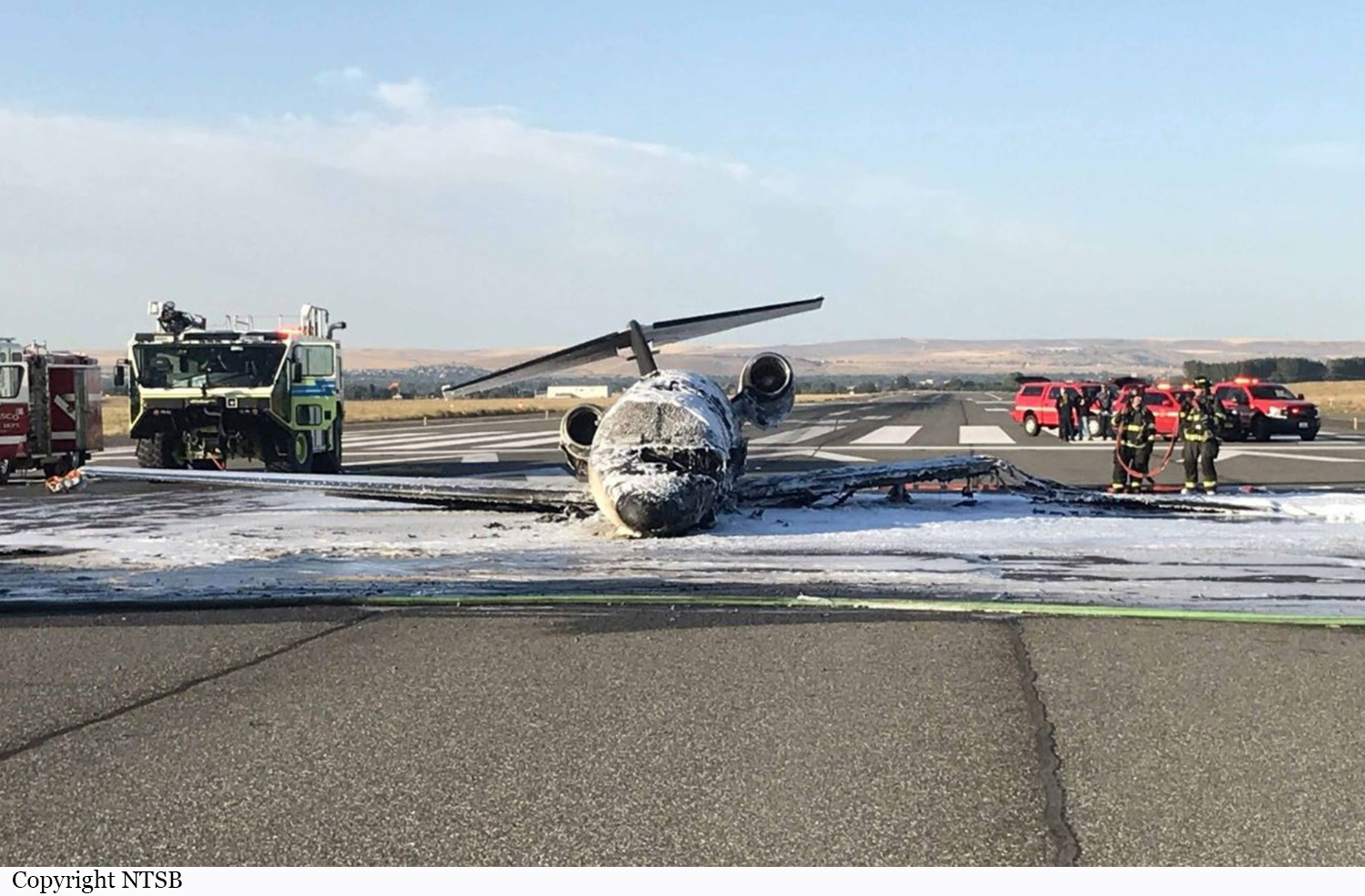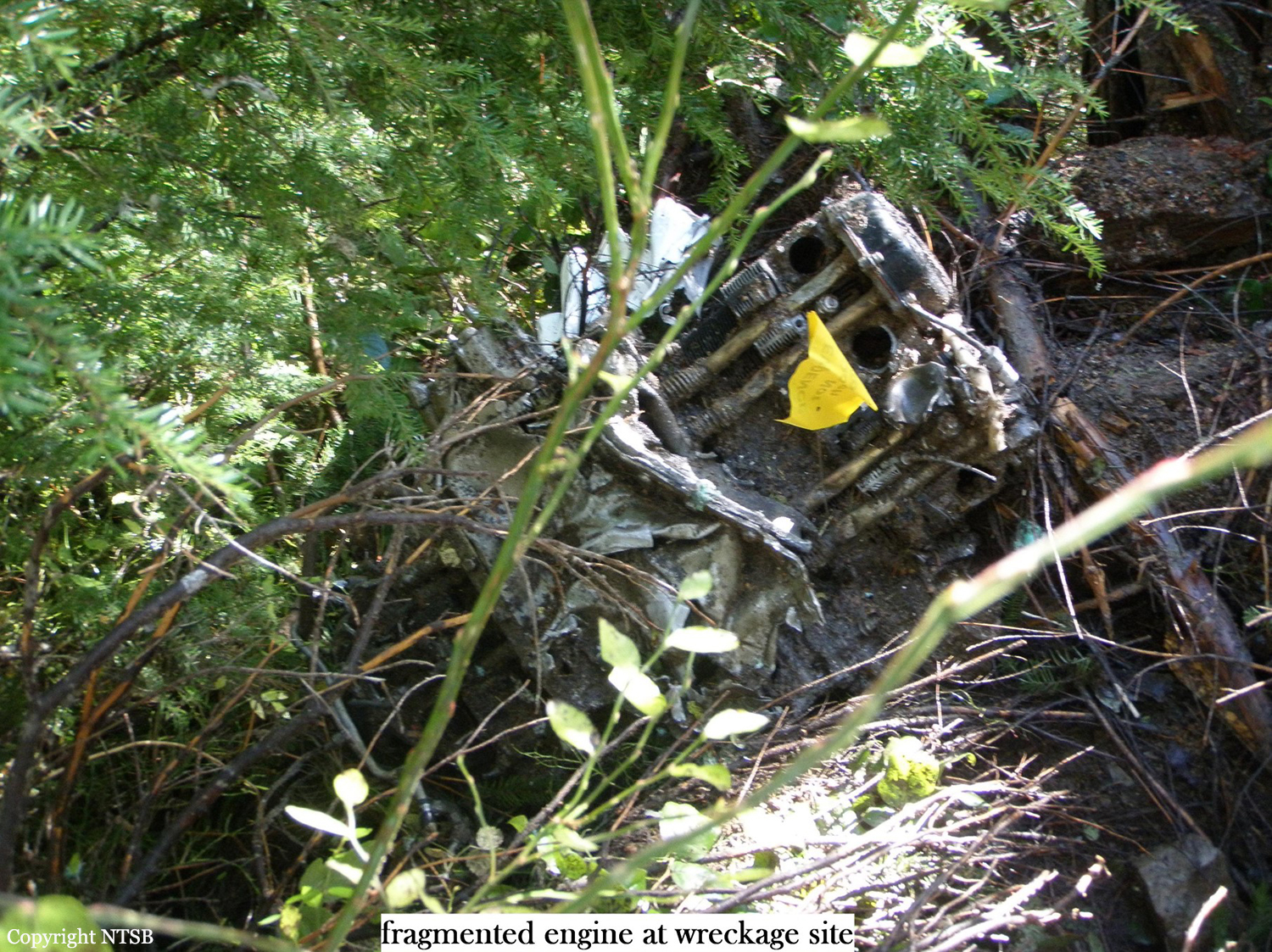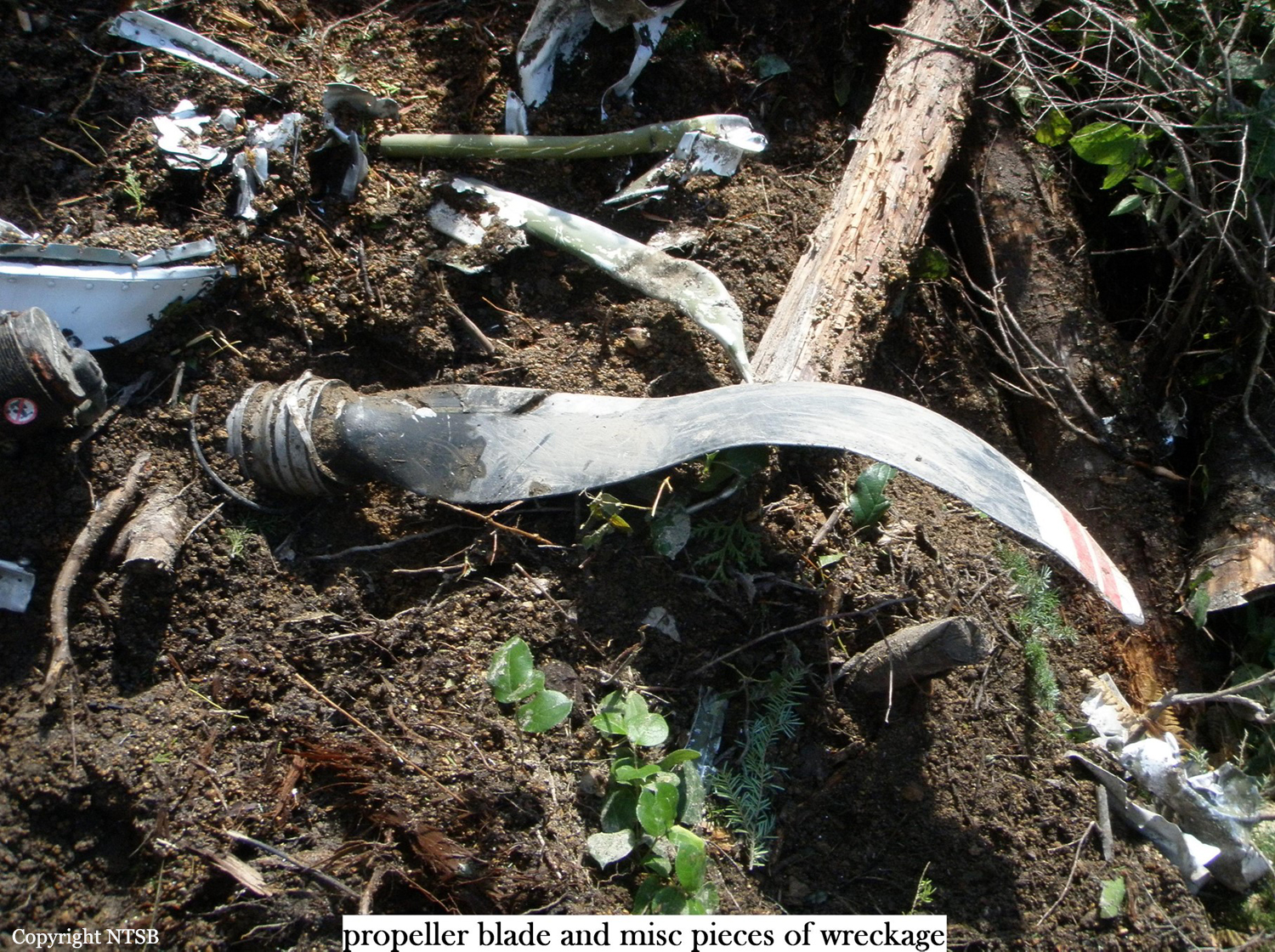Crash of a Cessna 525B Citation CJ3 in Pasco
Date & Time:
Sep 20, 2022 at 0709 LT
Registration:
N528DV
Survivors:
Yes
Schedule:
Chehalis - Pasco
MSN:
525B-0329
YOM:
2009
Crew on board:
1
Crew fatalities:
Pax on board:
9
Pax fatalities:
Other fatalities:
Total fatalities:
0
Captain / Total hours on type:
2150.00
Aircraft flight hours:
3252
Circumstances:
After an uneventful flight, a jet airplane on a business flight was landing at its destination. The pilot reported to the tower controller that the airport was in sight and requested to land. The pilot further reported that, while on left base, he started to lower the flaps and extended the gear handle. He did not recall confirming whether the gear was down and locked but reported that there were no landing caution annunciations or aural warnings. Before making contact with the runway, the pilot noticed that the airplane floated longer than expected and upon touchdown realized that the landing gear was not extended. The airplane skidded down the runway and came to a stop just past the departure end of the runway. The pilot secured the engines and assisted the passengers out of the airplane. During the evacuation, the pilot reported that the airplane was on fire near the right engine. Shortly thereafter, the airplane was engulfed in flames. When the airplane was raised for recovery, all three-landing gear were free from their uplocks and dropped down to the extended position. Post accident examination confirmed the main landing gear uplocks were in the gear release (unlocked) position. In addition, the left main landing gear door was also partially extended on the airplane after it came to rest. The landing gear handle was observed in the down (extended) position during the examination. Accounting for the position of the landing gear uplocks, the landing gear door upon landing, and the witnesses’ observation of the airplane not having its landing gear extended, it is likely that the pilot positioned the landing gear handle to the down (extended) position just before or during landing. Nevertheless, the pilot failed to ensure that the landing gear was down and locked before landing. Examination of the landing gear handle and landing gear circuit cards revealed no anomalies. A review of the ADS-B data revealed that the airplane’s airspeed was fast on the approach and landing. The airplane’s ground speed was about 143 knots as it passed over the runway threshold, which was above the airspeed that the landing gear not extended warning system would activate (130 knots). Additionally, the airplane’s flaps were likely configured in the takeoff/approach setting (15°), which would not activate the landing gear not extended warning system. Stabilized approach criteria for airspeed and configuration were not maintained on the approach and landing.
Probable cause:
The failure of the pilot to ensure the landing gear was extended before landing. Contributing was the pilot’s failure to fly a stabilized approach, and his configuration of the airplane that prevented activation of the landing gear not extended warning system on final approach.
Final Report:










